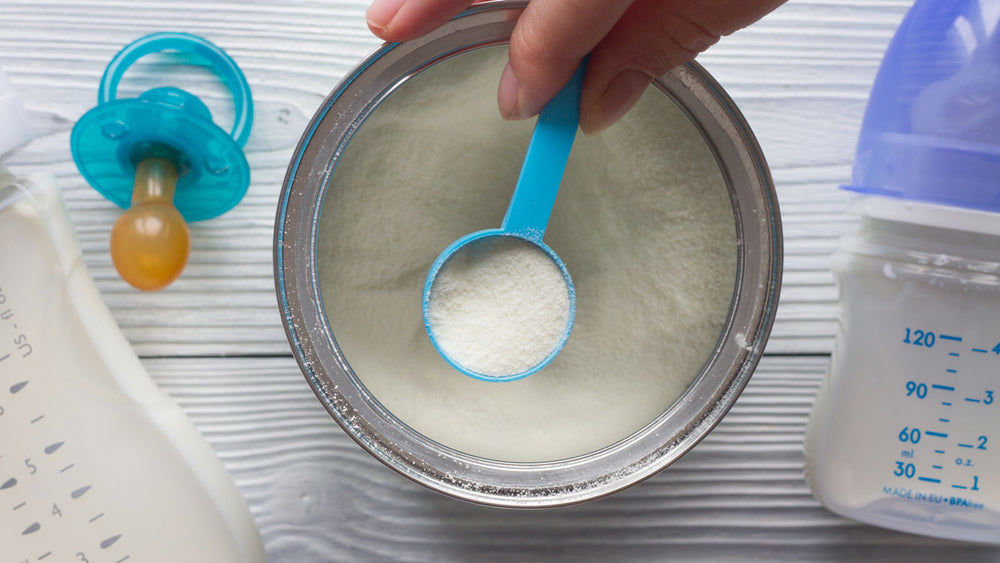Medications for Pediatric Acid Reflux: Benefits and Potential Risks
Acid reflux. It’s something we are probably all familiar with. Maybe we personally experience it, or maybe someone we know experiences it. For those of you with infants that experience reflux, I encourage you to read more about infants with acid reflux, including the symptoms and tips for managing it.
Not only are lifestyle interventions helpful for acid reflux, but many medications can be helpful.
Although acid suppression therapy (AST) has been thought to be safe, new research has suggested risks associated with proton pump inhibitor (PPI) use in the pediatric population. Some commonly studied risks are gastroenteritis, community-acquired pneumonia, and C. diff infections (bacterial infections that cause diarrhea). More recently, the risks of fractures have been studied.
The use of acid suppression therapy (AST), whether it be proton pump inhibitors (PPIs) or H2 receptor antagonists (H2RAs), has increased significantly. In infants, the use quadrupled from 1999-2003 and doubled from 2004 to 2008. Because of the rise in infant use, I wanted to dig into the research to learn more about possible long-term effects.
Limited studies have looked specifically at bone health in children and PPIs, and most of the results are contradictory.
- A 2002 clinical trial of 34 children found that PPIs were not associated with alterations in bone turnover.
- A 2015 multicenter trial of over 124,000 children found that PPI use was associated with fracture in young adults but not children.
So, to help clear up some confusion, a 2019 retrospective cohort study of over 850,000 children out of Pediatrics looked at the relationship between AST use in the first year of life and childhood fracture. They took into account the duration of use and age of initiation of AST.
What did they find?
To sum it all up, they found that AST medication used during the first year of life was associated with increased fracture risk in children.
PPI use alone was associated with an increased risk of fracture, whereas H2RA use alone was not. The most considerable fracture risk was found when PPIs and H2RAs were used in combination within the first year of life. Fracture risk seemed to increase with the duration of AST use.
Additionally, they found a greater fracture risk in children who started AST use <6 months of age compared to those who began AST use between 12 and 24 months. Some think it may be due to rapid bone turnover that occurs in the first year of life, while others hypothesize that infants who start AST treatment continue using it for more extended periods of time.
But why would AST use correlate with increased fracture risk?
Well, this is a question that many researchers are still trying to figure out. The exact mechanism is unclear; however, it has been previously thought that PPIs can affect how our bodies absorb calcium. They think this is because PPIs can influence the amount of stomach acid produced, which could lead to some changes in our parathyroid glands and how our bone cells work.
In conclusion, it is crucial to remember that AST use alone does not necessarily lead to fractures. When considering AST for infants, seeking guidance from a pediatrician is essential. They can help determine the most suitable dosage and appropriate duration of use, ensuring the best care for your child’s well-being.
- Kocsis, I., Arató, A., Bodánszky, H., Szönyi, L., Szabó, A., Tulassay, T., & Vásárhelyi, B. (2002). Short-term omeprazole treatment does not influence biochemical parameters of bone turnover in children. Calcified tissue international, 71(2), 129–132.
- Freedberg, D. E., Haynes, K., Denburg, M. R., Zemel, B. S., Leonard, M. B., Abrams, J. A., & Yang, Y. X. (2015). Use of proton pump inhibitors is associated with fractures in young adults: a population-based study. Osteoporosis international : a journal established as result of cooperation between the European Foundation for Osteoporosis and the National Osteoporosis Foundation of the USA, 26(10), 2501–2507.
- Malchodi, L., Wagner, K., Susi, A., Gorman, G., & Hisle-Gorman, E. (2019). Early Acid Suppression Therapy Exposure and Fracture in Young Children. Pediatrics, 144(1), e20182625.



















Comments
Join The Conversation...